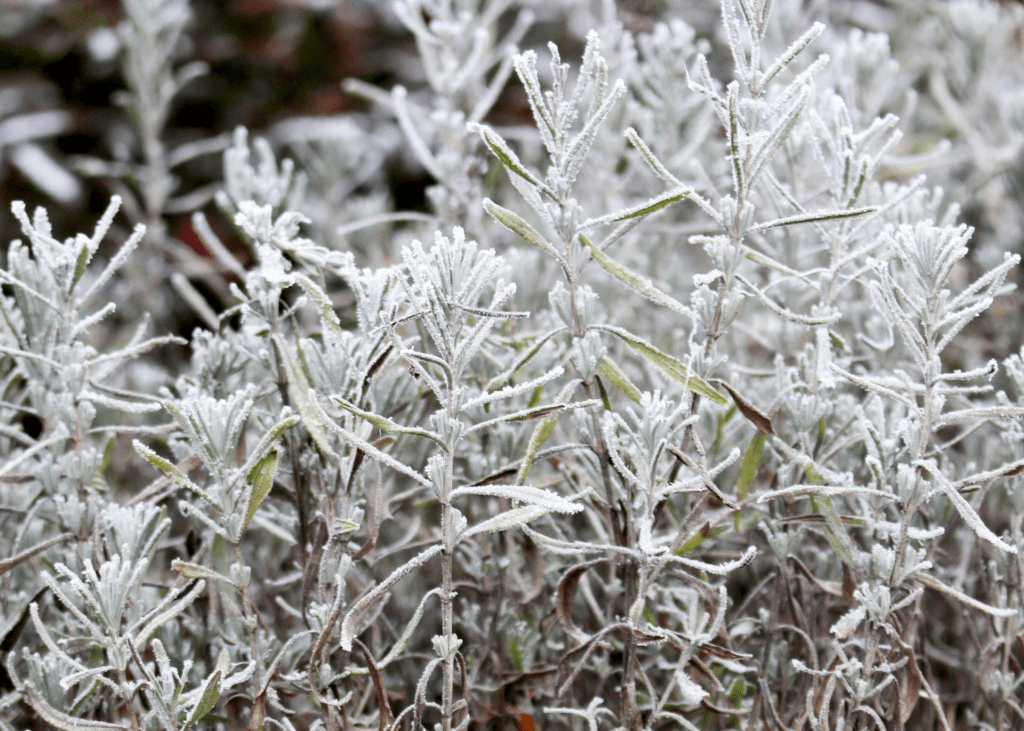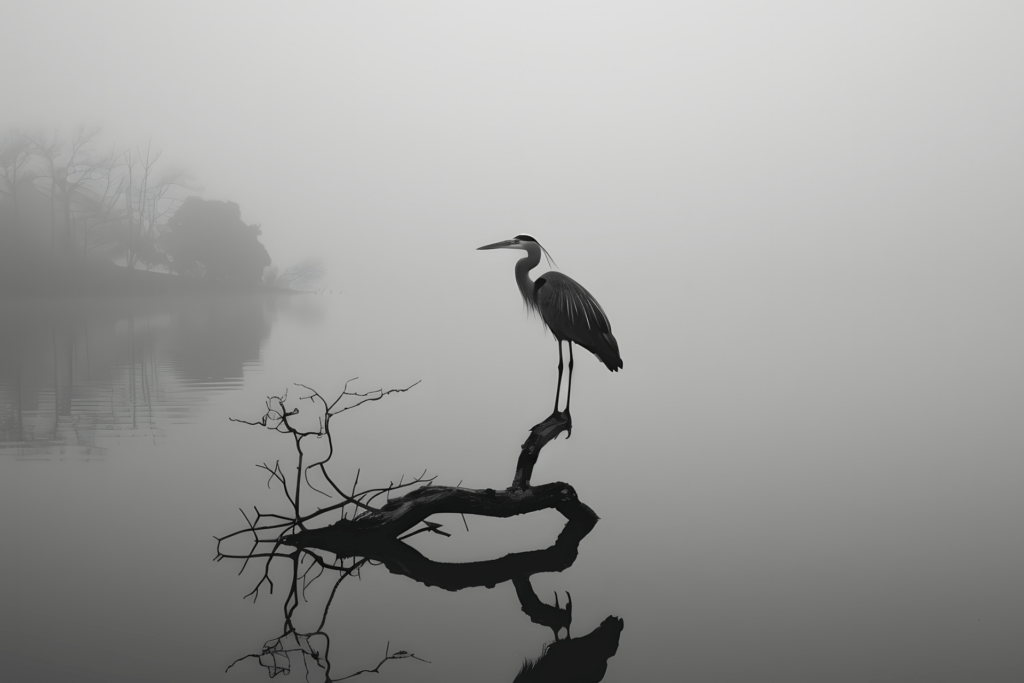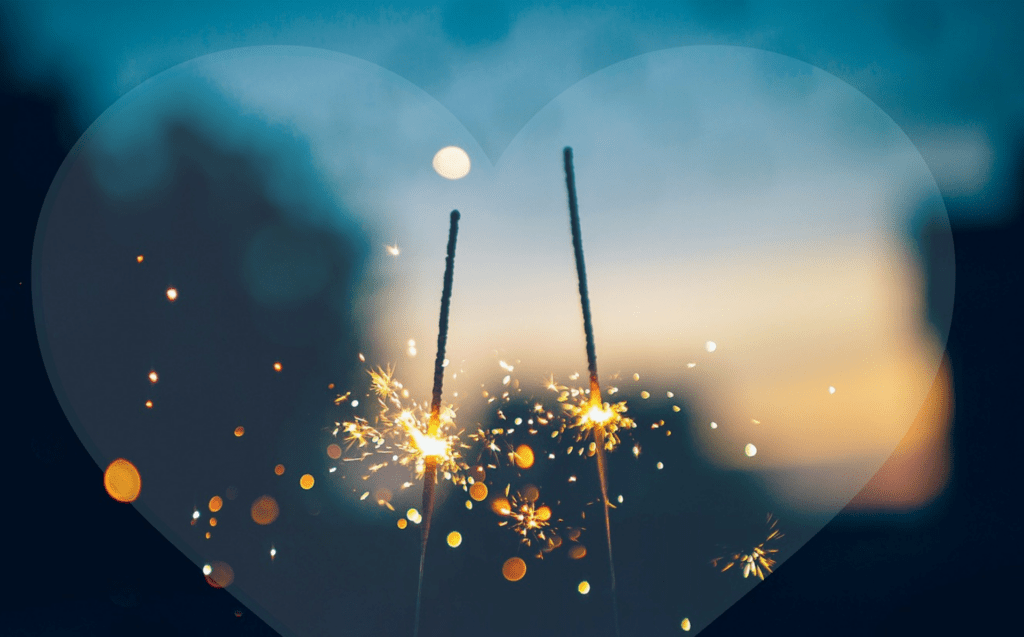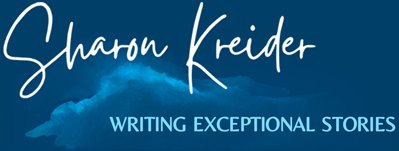Freedom is Priceless

Today is Canada Day, a national holiday in Canada, honoring the birth of Canada as a country when the British North American Act came into effect in 1867 (originally called Dominion Day). Interestingly, Canada didn’t gain complete independence from the British Parliament until 1982, and the O Canada song didn’t become its national anthem until […]
Plastic and More Plastic

I noticed litter strewn across many interstate highways on a recent road trip. Since the Pandemic, it seems trash alongside roadways has increased. Are there more drivers who just throw their garbage out the window? On one particular thoroughfare, I recorded the items I could see through my car window: plastic bottles, fast food wrappers, […]
Truth and Lies

Before a witness testifies in a jury trial, they must take an oath, the promise “to tell the truth, the whole truth, and nothing but the truth…” According to the Bible, Jesus said, “You will know the truth, and the truth shall set you free.” The Buddha is quoted as saying, “Three things cannot be […]
A Brave New World

The movie Her (2013) explores the concept of one having an intimate, meaningful relationship not with a human being but with AI. Ex Machina (2014) also explores this, with spine-chilling consequences. When I watched those films, the idea seemed far-fetched. However, a bit more than a decade later, it doesn’t at all. AI is rapidly […]
May Flowers

The month of May is notable for many things, including Mother’s Day, May Day, Cinco de Mayo, and Memorial Day. It also represents when flowers start to bloom where I live: tulips, lilacs, iris, geraniums, columbine, pansies, roses, peonies, bleeding heart, lily of the valley, and the beautiful magnolia blossoms. It’s like a parade of […]
Writing: Hobby or Career?

Is writing a hobby or a career? One probably doesn’t have to worry about monetary value if it’s a hobby. If it’s a career, you need to. Right? Can it be both? Most writers don’t make enough money from their writings to support themselves. For example, they keep a well-paying job, be it a college […]
Maple Syrup Heaven

When I was eleven, I went on a trip with a group of girls around the first weekend in April to an island known for its substantial maple trees. There was still a lot of snow on the ground, and when we got to the rustic lodge, I could smell wood smoke from the big […]
Waiting for You

I wrote this poem, Waiting for You, in gratitude. For the beauty of nature that inspires me every day. For the joy of writing. For the remarkable simplicity of loving someone special for a long time. As I wrote in the introduction of my poetry book, Silver Tip, I aspire to choose my words carefully […]
The Joys of Spring

Generally, we feel better when there is more sunlight, which triggers the release of serotonin in the brain, a neurotransmitter associated with a good mood and well-being. Most of us in the Northern Hemisphere are likely embracing this time of year with the coming of spring and the increase of daylight. The return of warmth […]
Bears, Wolves, and Cougars

Last September, as we were hiking down a mountain trail in the Pacific Northwest, my husband suddenly stopped and put a finger to his lips, indicating we shouldn’t talk. The underbrush was lush, still verdant green with hints of the autumn color to come –tinges of gold and crimson red. I couldn’t see anything, so […]
The Grass is Greener on the Other Side

“The grass is greener on the other side” is a common cliché. Others are: “Looking for greener pastures,” “Can’t see the forest through the trees,” and “The grass is greener where it is watered.” Or as in the famous Rolling Stones song, which stresses that we might not get what we want but will probably […]
Learning the Hard Way

Most, if not all, of us have made mistakes. Although we know that slipups are necessary building blocks to knowledge, it doesn’t make it any easier. What’s that saying? The harder the lesson, the deeper the learning. Hmmm. I think that’s true. I’ve had many hard lessons. Some are funny, some embarrassing, and some I’d […]
Just a Good Thought

According to research, the average person has approximately 12,000 – 60,000 thoughts daily. 80% of thinking is attributed to negative thoughts driven by the fight-or-flight pattern of the brain, and 95% of those thoughts are repetitive. Doesn’t that make the saying about repeating oneself “like a broken record,” “beating the dead horse,” “washing the same […]
A Year In Review

What can’t you own but use every day? What can’t you keep but spend frequently? What can you lose and never get back? The answer? Time … This is the last day of 2024. Another year around the sun. How many have you done thus far? Did 2024 pass quickly for you? It did for […]
The Worst Christmas Ever

This time of year, a common practice is gifting, giving something to someone without expecting anything in return. It can be a watercolor drawing of the sunset, a crocheted blanket, a handwritten poem, fixing up the garage, or shoveling snow off a roof. One can also buy just the right gift for their loved ones, […]

